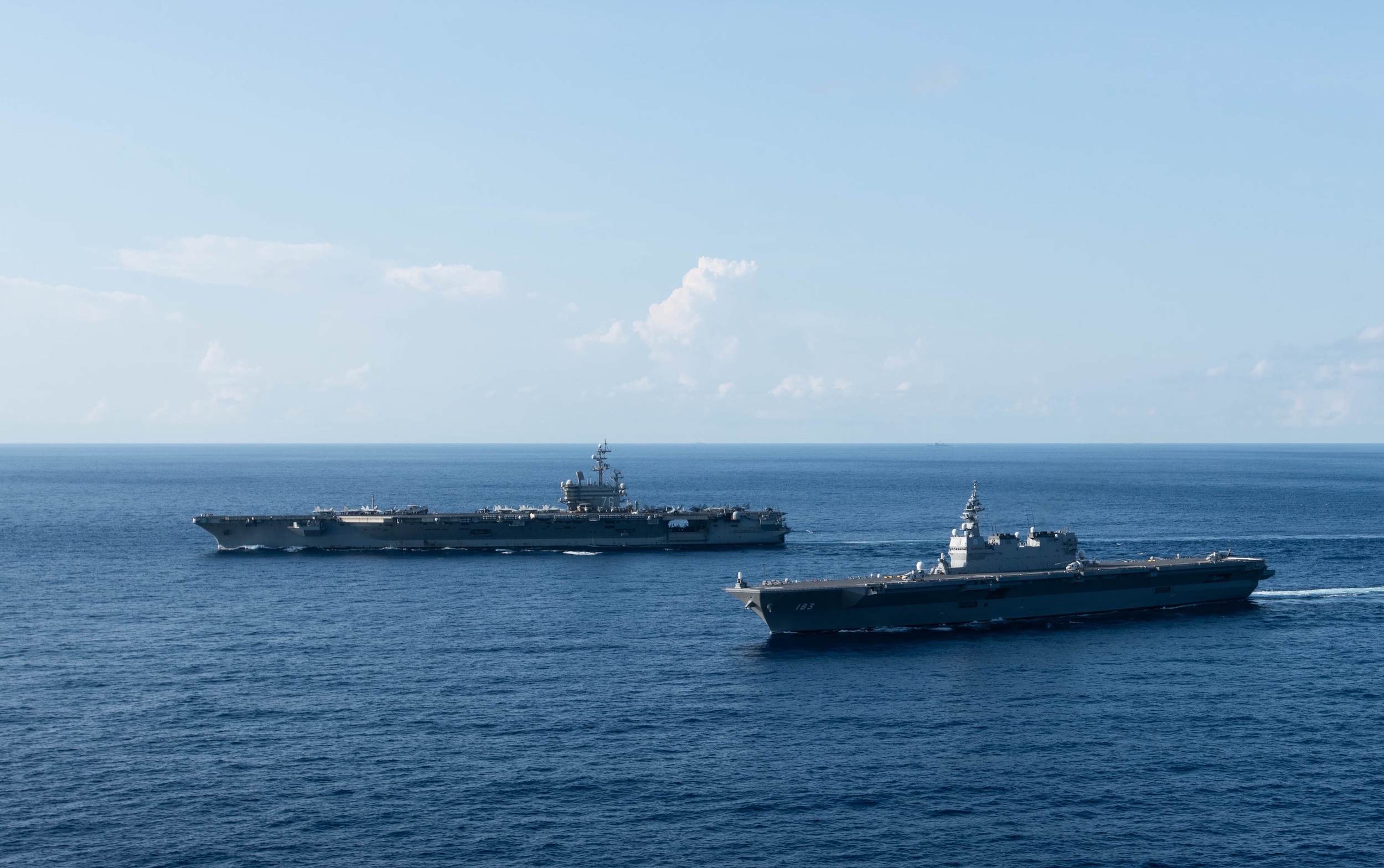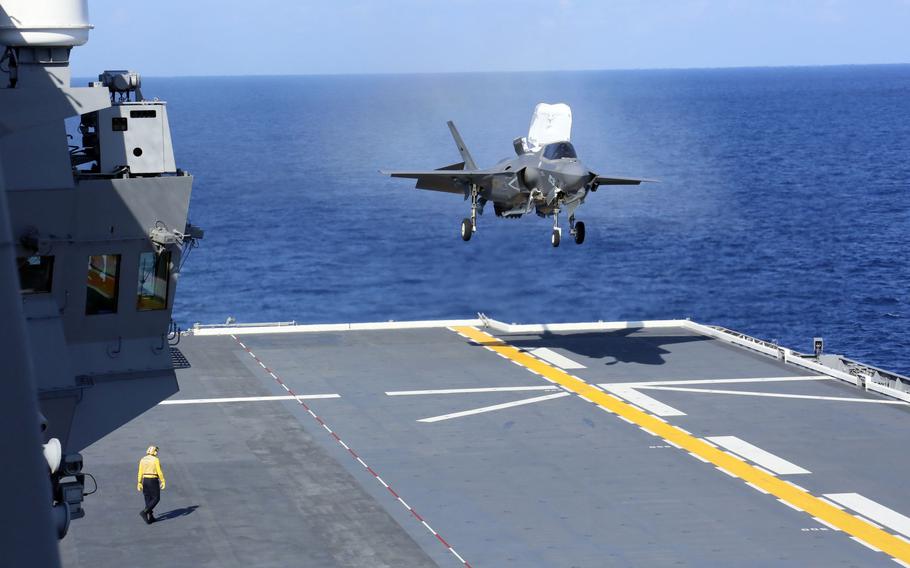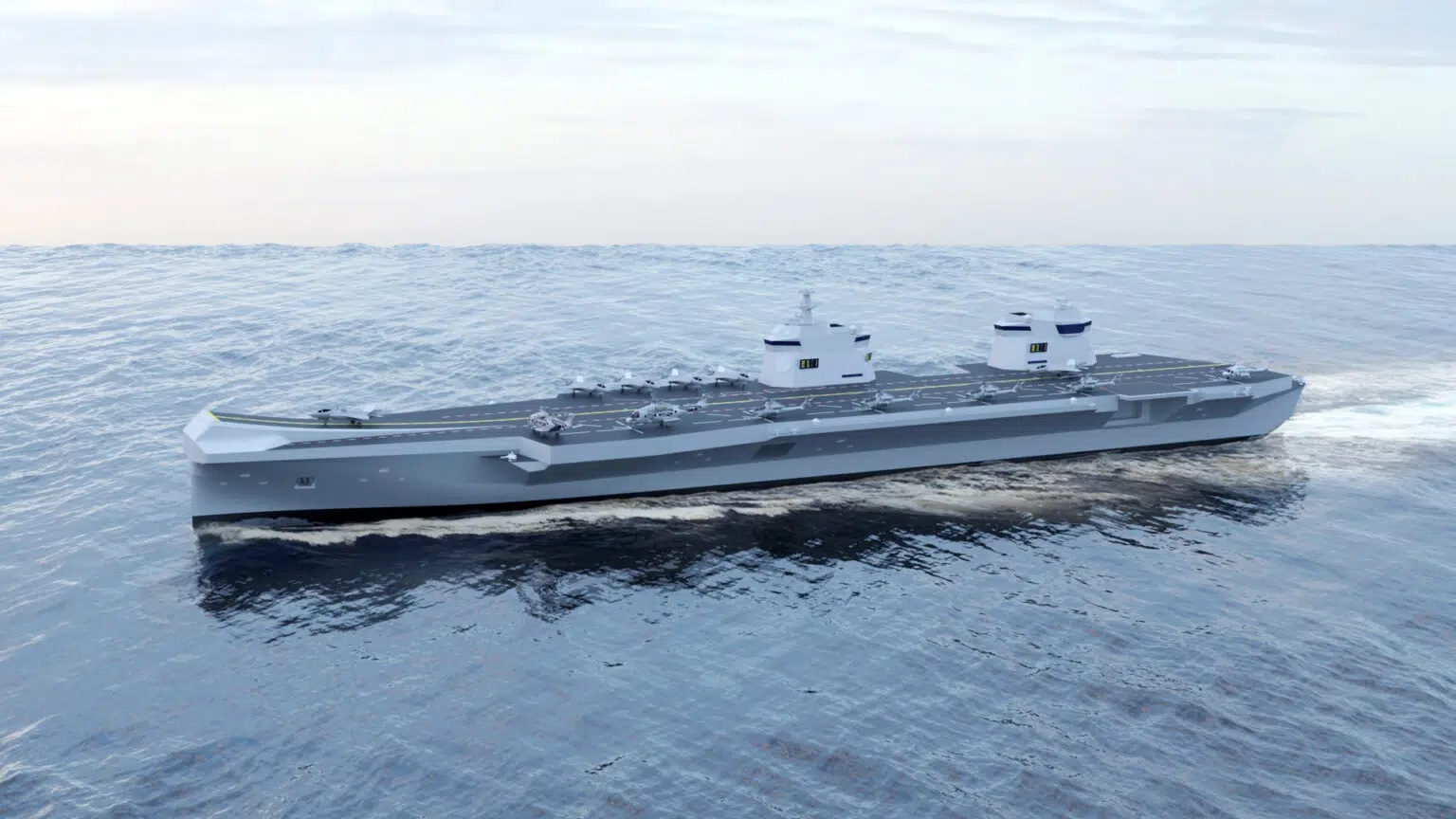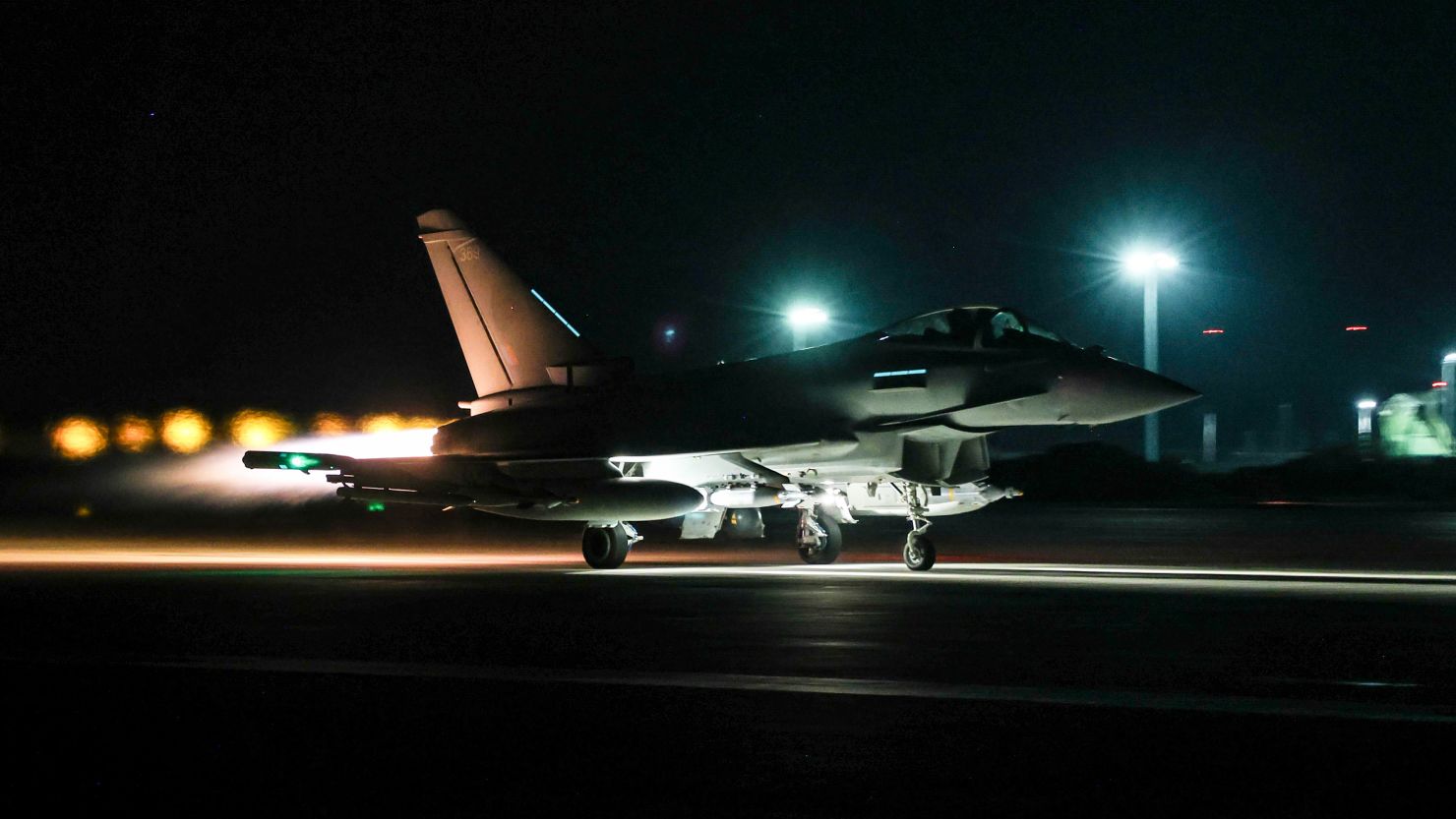South Korea, a nation with a dynamic geopolitical landscape and a commitment to modernizing its naval capabilities, is embarking on a significant endeavor – the pursuit of a larger aircraft carrier for its CVX program. This strategic move reflects South Korea's vision to position itself as a maritime force to be reckoned with, capable of addressing evolving security challenges. In this in-depth exploration, we delve into the intricacies of South Korea's quest for a larger aircraft carrier, examining the motivations, potential benefits, and the broader implications for the nation's naval capabilities.
1. Setting the Stage: The CVX Program

The CVX program, short for the Next-Generation Carrier Experimental, represents South Korea's ambitious initiative to develop a cutting-edge aircraft carrier. This program has been on the nation's strategic radar for several years, aiming to create a versatile naval platform capable of responding to diverse security scenarios. As South Korea charts its course in the maritime domain, the decision to explore a larger aircraft carrier underscores its commitment to advancing naval capabilities.
2. Significance of a Larger Aircraft Carrier
The contemplation of a larger aircraft carrier signals a strategic shift in South Korea's naval ambitions. A larger carrier, equipped to accommodate a more extensive air wing, including fixed-wing fighter jets and helicopters, enhances the nation's maritime projection capabilities. This shift aligns with global trends where nations are investing in larger carriers to not only bolster their naval power but also to assert influence and respond effectively to a spectrum of security challenges.
3. Regional Dynamics and Security

South Korea's move towards a larger aircraft carrier is not occurring in isolation. It is a response to the evolving regional dynamics and security considerations. As neighboring nations fortify their naval capabilities, there is an inherent need for South Korea to stay competitive. A larger carrier acts as a symbol of deterrence and a strategic asset that can significantly influence the maritime balance of power in the region.
4. Technological Advancements and Innovation

The pursuit of a larger aircraft carrier underscores South Korea's commitment to technological advancements and innovation. Modern carriers integrate state-of-the-art technologies, including advanced propulsion systems, radar capabilities, and electronic warfare systems. By investing in a larger carrier, South Korea aims not only to bolster its naval fleet but also to leverage cutting-edge technologies, ensuring it remains at the forefront of naval innovation.
5. Economic and Industrial Implications

The decision to explore a larger aircraft carrier has far-reaching economic and industrial implications for South Korea. The construction of such a carrier involves substantial investments in shipbuilding infrastructure, creating job opportunities and fostering technological expertise. Beyond the immediate economic impact, it stimulates the domestic defense industry, positioning South Korea as a key player in the global naval construction landscape.
6. International Alliances and Collaborations

As South Korea ventures into the realm of larger aircraft carriers, international alliances and collaborations become paramount. Collaborations with established naval powers for technology transfer, joint exercises, and information sharing are crucial for success. Strengthening maritime partnerships not only enhances collective security efforts but also positions South Korea as a collaborative force in maintaining regional stability.
7. Potential Challenges and Criticisms

While the pursuit of a larger aircraft carrier brings strategic advantages, it is not without challenges and potential criticisms. Some may argue that diversification of naval assets, including investments in submarines, frigates, and coastal defense, should be prioritized. Additionally, concerns may be raised about the associated costs and the environmental impact of operating larger carriers.
8. Future Outlook and Strategic Developments

South Korea's quest for a larger aircraft carrier is a dynamic process with implications for the nation's naval strategy. The success of the CVX program and the realization of a larger carrier will hinge on a combination of factors, including technological advancements, strategic foresight, and effective collaboration with international partners. As South Korea navigates this uncharted territory, the global maritime community will keenly observe the unfolding developments and their impact on the regional balance of naval power.
Conclusion
South Korea's quest for a larger aircraft carrier represents a pivotal moment in the nation's maritime history. The decision to explore a larger carrier is embedded in a strategic vision that goes beyond immediate security concerns. It is a testament to South Korea's commitment to staying at the forefront of naval capabilities, fostering innovation, and playing a crucial role in shaping the maritime dynamics of the region.
As the nation navigates the complexities of developing a larger aircraft carrier, the global maritime community anticipates the unfolding chapters of South Korea's naval evolution. The quest for a larger carrier is not merely about expanding the naval fleet; it is a bold stride towards asserting influence, safeguarding national interests, and contributing to the collective security architecture of the Indo-Pacific region.


.webp)



